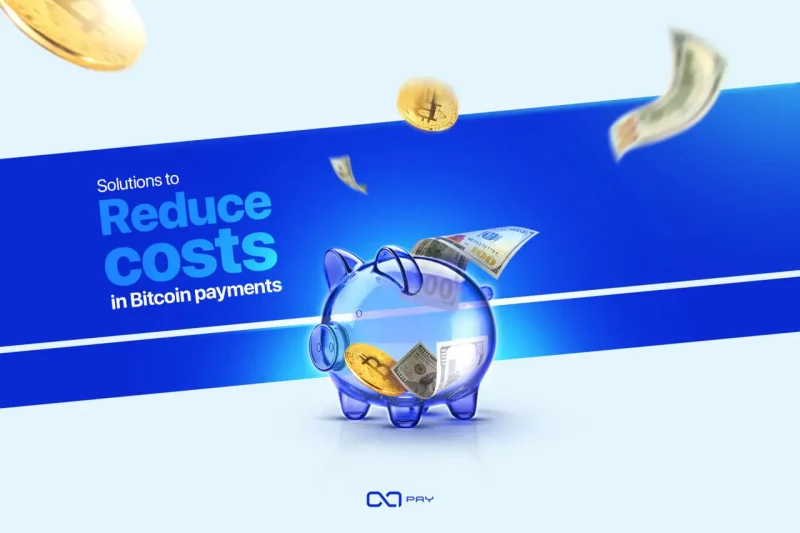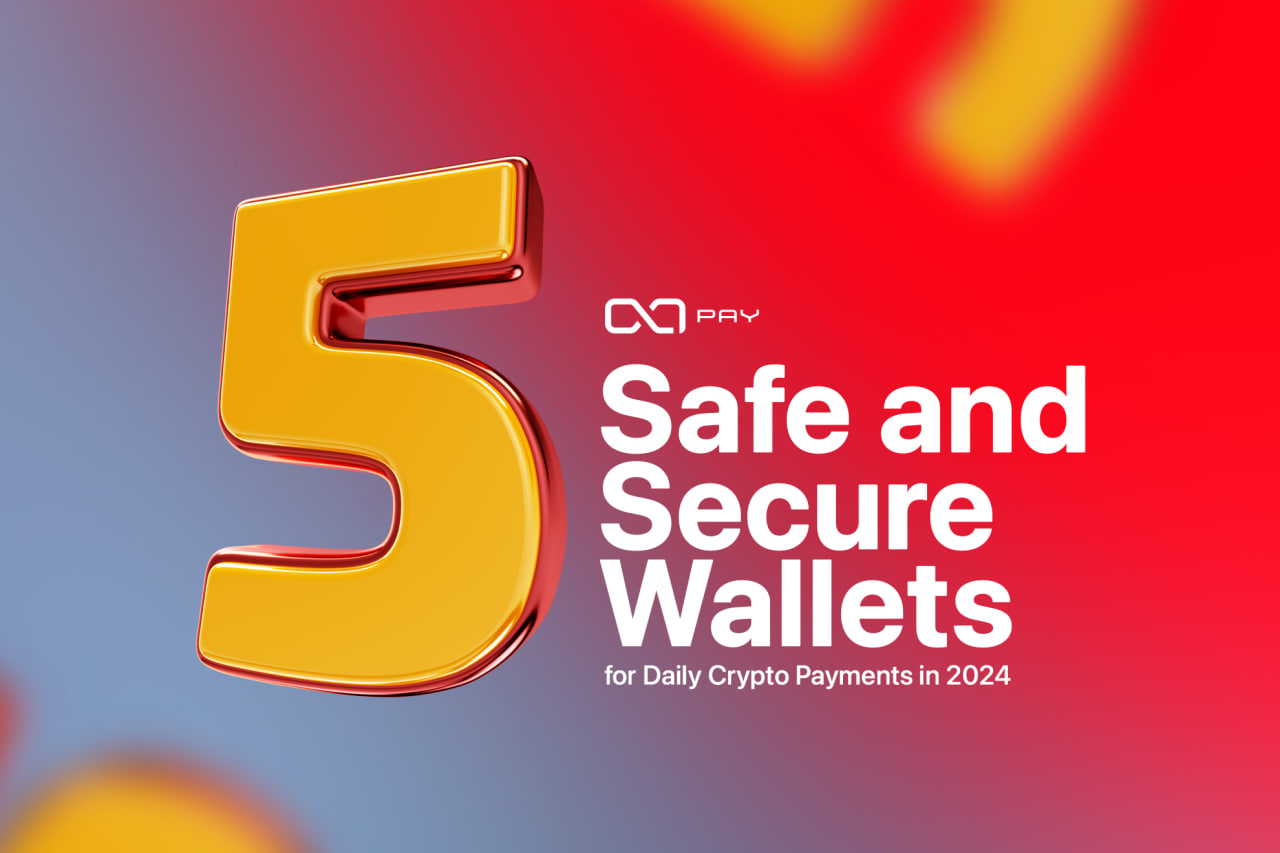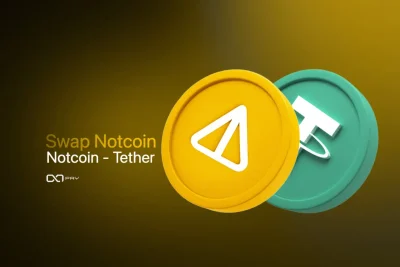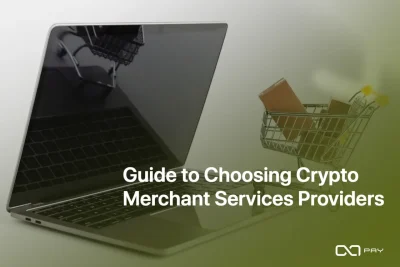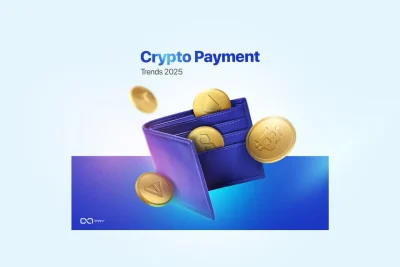Bitcoin fees, a persistent concern for merchants and customers, can be particularly challenging during unexpected spikes. In November, fees surged to over $25, causing significant discomfort in the payment experience. As we delve into the reasons behind these fee fluctuations, OxaPay, a trusted crypto payment gateway, continuously stands by its customers and provides proactive solutions for reduce Bitcoin payments costs , ensuring a smoother payment experience for all businesses.”
Understanding the Bitcoin Blockchain
The Bitcoin blockchain, a decentralized ledger, meticulously records cryptocurrency transactions. Operating on a peer-to-peer node network, each maintaining a duplicate of the blockchain ensures transparency and security. Comprising blocks with transaction lists, mining, where miners compete to validate transactions, guarantees transaction integrity and history immutability.
Bitcoin fees play a pivotal role, incentivizing miners during transaction processing. Users include fees as incentives for miners to incorporate transactions into the next block, forming an integral part of the Bitcoin ecosystem. This system ensures security, transparency, and integrity, with fees driving transaction processing on the blockchain.
What are Bitcoin Fees?
Bitcoin fees refer to the charges associated with processing transactions on the Bitcoin network. Users, during transaction initiation, have the option to include a fee, which serves as a motivator for miners. In the mining process, miners validate and confirm transactions, and in return, they receive newly minted bitcoins along with transaction fees from the transactions included in the block they successfully mine.The fee’s magnitude is influenced by factors such as the transaction’s size in bytes and the current demand on the Bitcoin network.
How are Bitcoin Network Fees Calculated?
Bitcoin network fees depend on factors like the size of your transaction and how quickly you want it confirmed. Larger transactions and urgent transactions cost more. When many people are using Bitcoin, fees can go up because there’s more demand for limited space in each block. It’s like a bidding system, where users compete by offering higher fees to miners who choose transactions to include in the next block. Wallets often estimate fees based on network conditions. Higher fees increase the chance of quicker confirmation, but it’s not guaranteed. Miners decide which transactions to include in a block, and they usually pick the ones with higher fees.
Why Bitcoin Fees Are Up
Recently, Bitcoin fees have been rising, and there are two main reasons for it: BRC-20 tokens and Ordinals. BRC-20 tokens are like special coins on Bitcoin, and when more are made, it clogs up the system, increasing fees. Ordinals are unique digital pictures on tiny parts of Bitcoin, and when many people create them, it adds to the problem.
This happens because too many tokens and pictures create a traffic jam of transactions waiting to be processed in the Bitcoin system. It’s like a waiting area (mempool) filling up, causing a backlog. With so many transactions waiting, there’s a competition to get into the limited space in the blocks, making fees go up. Another factor is when more people buy and sell Bitcoin because its price is rising. This makes the system busier, and with more demand, fees go up too – it’s like a popular app charging more when everyone wants to use it at the same time. Understanding these simple reasons helps make sense of why Bitcoin payments costs can be a bit tricky.

Strategies to Reduce the Costs of BTC payments
Timing of Transactions
Optimizing the timing of your Bitcoin transactions is crucial for reducing fees and enhancing overall cost efficiency. Considering the 24/7 nature of cryptocurrency markets, it’s essential to be aware of potential high-fee periods throughout the day. According to research conducted by OxaPay، The start of daily business hours in the United States often experiences the highest transaction volume on the Bitcoin blockchain. This heightened activity leads to increased fees.To reduce costs in your Bitcoin payments, consider planning your transactions during quieter periods, taking advantage of times when the network is less congested.
Beyond the early hours in the US, peak trading hours in different regions can contribute to increased transaction volumes and fees. Additionally, major market events, regulatory announcements, or global economic shifts can impact Bitcoin payments costs at any time.
Use the privacypros website to find out about current Bitcoin fees and identify low-cost periods for Bitcoin transactions
Use Alternative Networks and Cryptocurrencies
Diversifying cryptocurrency payments beyond Bitcoin can be a strategic approach to reduce costs. Many businesses exploring Bitcoin for Business solutions consider alternative blockchains with lower transaction fees. OxaPay, for instance, supports multiple digital currencies such as Tether, Ethereum, Litecoin, Monero, Dogecoin, Tron, and Polygon, offering more cost-effective payment options.
By utilizing these alternatives consistently, traders can benefit from potentially lower fees and a more cost-effective payment experience. Exploring diverse cryptocurrency options provides flexibility and allows for optimization based on specific transaction needs, contributing to a smoother and economically efficient payment process for merchants and customers.
Educating Customers
Empowering customers with a solid understanding of blockchain technology, cryptocurrencies, and network fees is paramount for fostering cost-effective transactions in the cryptocurrency space. Informed customers are better equipped to navigate the intricacies of the payment process, including transaction fees, making educated choices that contribute to overall cost savings. By providing comprehensive education, businesses not only enhance customer awareness of the technology but also promote a more transparent and trustworthy relationship between merchants and users. This increased knowledge base enables customers to make informed decisions about their cryptocurrency payments, leading to a more seamless and economically efficient payment experience.
In addition to education, businesses can incentivize customers to choose cryptocurrencies with lower transaction fees. By highlighting the features and advantages of alternative and cost-effective cryptocurrencies, merchants can encourage their adoption. Offering discounts, loyalty programs, or exclusive promotions for transactions made with specific cryptocurrencies can motivate customers to opt for more economical choices. This dual approach of education and incentives not only lowers payment costs for customers but also promotes a broader acceptance and utilization of various cryptocurrencies, ultimately contributing to a more vibrant and efficient crypto payment ecosystem.
Conclusion
while accepting crypto payments offers numerous benefits for businesses, challenges persist in ensuring a seamless payment experience. OxaPay’s crypto payment portal stands as a steadfast ally for businesses, actively addressing challenges and striving to provide customers with a positive and hassle-free payment experience. With a commitment to overcoming obstacles, OxaPay remains dedicated to enhancing the overall efficiency and satisfaction of businesses embracing cryptocurrency transactions.
Experience the future of seamless payments with OxaPay! Join us in overcoming challenges and providing your customers with a smooth crypto payment experience.
